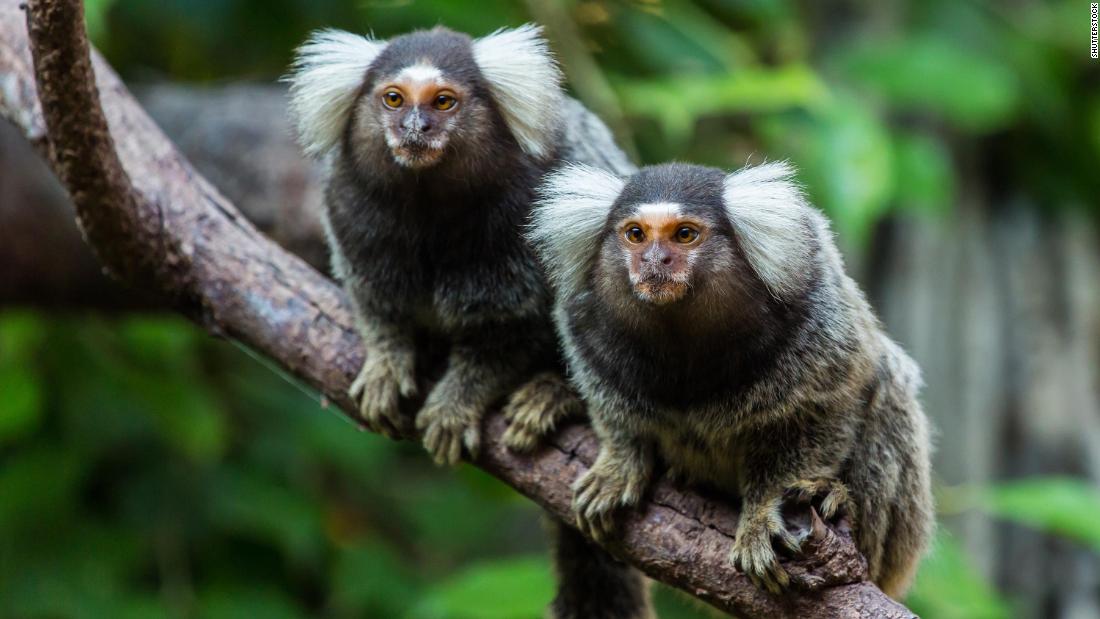Scientists at the University of Zurich played audio recordings of marmosets of vocal interactions between their peers and recorded their behavior and body temperature to assess their reaction, the American Association for the Advancement of Science said in a statement published on Wednesday.
Animals reacted differently based on their sex and also their social status – those who have descendants, known as breeders, or those without their own descent, known as helpers.
The researchers played recordings of an adult of the opposite sex interacting with a baby who was begging, whether making food supply calls or aggressive calls, for 21 adult marmosets.
The scientists also represented the baby begging, and the adult’s food supply and aggressive calls back individually as a control.
The nose of marmosets and other monkeys changes temperature according to their emotional state, with stress leading to a drop in temperature as blood flows to the central organs, Rahel Brügger, a doctoral student in anthropology at the University of Zurich, told CNN.
The researchers measured the change in temperature when the marmosets heard individual calls and the two marmosets interacted.
Scientists found that the change in nasal temperature was greater when marmosets heard an interaction than the sum of the temperature change when they heard individual calls, leading to the conclusion that marmosets interpret interactions as conversations.
“These marmosets are not just passive observers of third party interactions, they really interpret and understand what the third party is doing,” said Brügger.
In general, auxiliary marmosets experienced greater temperature changes than their breeding pairs.
The nose of the assisting marmosets got colder after hearing the males interact with the children, as this indicates a neighboring group with young monkeys and the presence of competing females. “In the wild, this situation would be difficult for these marmosets,” said Brügger.
The nasal temperature of male helpers increased after hearing aggressive interactions or a female call alone, because that could indicate a potential mating partner, explained Brügger.
“Different stimuli for different individuals can mean different things,” Judith Burkart, a university researcher and doctoral supervisor at Brügger, told CNN.
The team then tested whether marmosets would seek interaction with the monkey they shared or with the aggressive monkey by opening two compartment doors simultaneously.
One door would allow them to return to the original compartment, while the other opened to an additional compartment from which a hidden speaker reproduced food sharing or aggressive interaction.
The marmosets showed a preference for cooperative adults, as they were more likely to walk through the door where the so-called food-sharing took place, Brügger explained.
“They are even more curious about the potential mating partner if they assume (based on reproduction) that the potential partner is cooperative and not competitive,” she said.
